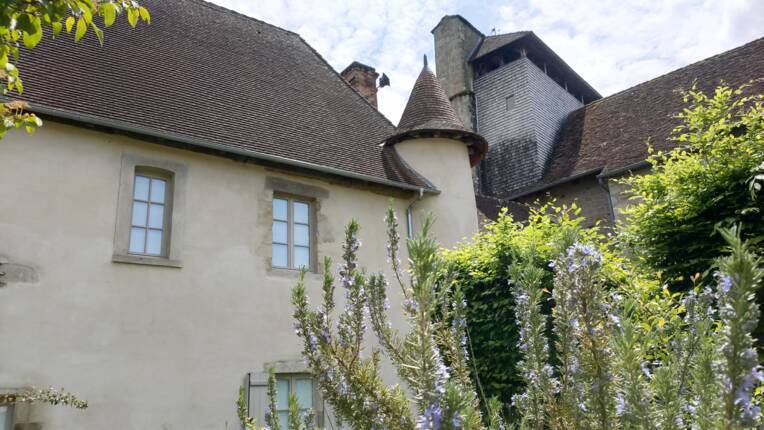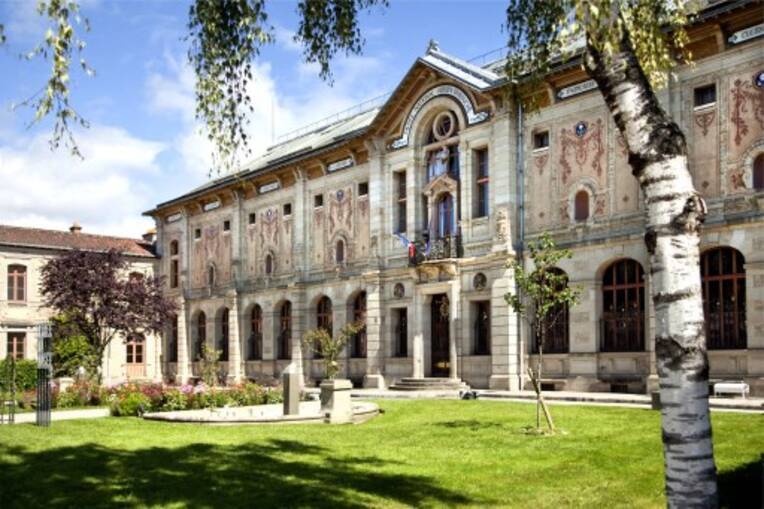Museums of France in New Aquitaine
To date, nearly 110 establishments in Nouvelle-Aquitaine benefit from the designation «musée de France» (7 of which are also national museums). Automatically assigned to national museums created by decree, as well as to most territorial museums and associations previously designated as «classified and controlled museums», this name can also be assigned to other institutions that request it, on the advice of the Haut Conseil des musées de France, if they meet the criteria laid down by law.
A public interest, an imprescriptible and inalienable collection
“For the purposes of this Code, a museum shall be considered to be a permanent collection composed of assets whose conservation and presentation are of public interest and organized for the knowledge, education and enjoyment of the public”(Heritage Code, Article L 410-1)
The identity of the owner of the collections dictates the status of the museum: national museum when the collections belong to the State; departmental when they belong to a General Council; municipal when they belong to a municipality; finally associative museum when they belong to an association.
Recognition as «museums of France» is based on the collection and its representativeness in the most diverse fields: from natural history to contemporary art, everyday objects revealing a society to the unique work of an artist!
The notion of public service applied to the museum induces a collective property that cannot be attached to a given time but is part of the duration. If the pivot of the museum – and therefore that of the name – are the collections, these are considered inalienable (they cannot be sold). Moreover, the passage of time does not allow questioning: inalienability is imprescriptible.
The public as the first object of the collection
The legitimacy of taking account of the public is probably the most innovative element of the text voted in 2002. A public service implements the most diverse possible sharing offer; it can be part of a network involving several museums. In the interest of the greatest access of all to culture, the project scientist and cultural the institution thus weaves links between the public - inhabitants as tourists -, objects and territory.
How to benefit from the name «musée de France»? (see download document opposite)
The name request is a voluntary process on the part of the legal entity that owns the collections and is based on two fundamental points:
- the existence of a permanent collection of public interest (art. L410-1 of the Heritage Code)
- commitment to missions: preserve, restore, study and enrich collections; make them accessible to the public; implement educational and dissemination activities; contribute to the progress and dissemination of research (art. L441-2 of the Heritage Code)
The logo appellation «musée de France»
To highlight these institutions and allow the public to distinguish them among all the places claiming the name of museum, the management of the Museums of France launched a competition in 2005 for the creation of an ideogram. The winner is the artist Philippe Apeloig. Born from the shape of a frame, the ideogram of the museums of France evokes an architectural space in plan, clearly delimited but open. It thus symbolically summarizes the spirit and main objectives of the law of 4 January 2002: to redefine the role and position of the museum in the face of the expectations of society, as an actor of cultural development and democratization; harmonize the status of state-recognized museums and federate institutions.
Contacts
For the departments of:
- Dordogne, Gironde, Landes, Lot-et-Garonne, Pyrénées-Atlantiques: Matthieu Dussauge, 05 57 95 02 09, matthieu.dussauge@culture.gouv.fr,
- Corrèze, Creuse, Haute-Vienne: Nicolas Bel, 05.55.45.66.75, nicolas.bel@culture.gouv.fr
- Charente, Charente-Maritime, Deux Sèvres, Vienne:Caroline Papin, 05.49.36.30.20, caroline.papin@culture.gouv.fr



